Immersing oneself in the extraordinary artistic journey of Pablo Picasso is akin to embarking on a whirlwind tour through the myriad avenues of 20th-century art. A prodigious innovator, Picasso’s powerful influence reverberates to this day, maintaining an unassailable foothold in the evolution of modern and contemporary art. This exploration charts the course of his remarkable life, documenting his metamorphosis from a young artistic prodigy to a stalwart revolutionary redefining the boundaries of aesthetics. Through each transformative period in his career- the Blue, Rose, African Art-inspired and Cubist periods – Picasso crafted an artistic language that continues to resonate, intertwining his personal narrative with the socio-political dynamism of the era.
Picasso’s Life and Creative Career
Title: Unfolding the Brushstrokes: How Picasso’s Life Journey Shaped His Distinctive Art
Art isn’t simply a collection of colours, contours or concepts; it is a vivid representation of the artist’s life journey and perspective. Every artist carries a unique set of experiences, emotions, and observations that inevitably carve out their style and narratives. The exemplary case illustrating this principle is none other than Pablo Picasso himself. The legendary Spanish painter relished being an avid artistic pioneer whose life experiences and unique approach indelibly shaped his artwork.
Born in 1881 to an artist father, Picasso’s aptitude for art was discernible right from his early years. Training under his father, the foundational techniques of traditional art were ingrained in him as a child. However, Picasso’s creativity refused to be constrained by conventional wisdom. He took a modernist approach, eventually venturing into an experimental realm that diverged from familiar norms and classical beauty. This pioneering mentality is evident in his audacious interpretation of form, colour and composition, as seen in his proponent works of Cubism.
Picasso’s Blue and Rose periods, lasting from 1901 to 1906, are characterised by emotive paintings reflecting his struggle with poverty and existential angst. The melancholic hues present in works such as “The Old Guitarist” are instrumented in communicating Picasso’s personal adversity. These pieces divulge Picasso’s human vulnerability and emotional depth, reiterating the interconnectedness of life experiences and art.
Transitioning into a more prosperous phase in life, Picasso’s palette brightened, leading to the dawn of his African art-inspired period. Here, Picasso demonstrated his propensity for incorporating global influences into his work, proving that creativity recognizes no geographic boundaries. With works like “Les Demoiselles d’Avignon,” he manifestly subscribed to an artistic philosophy capturing a kaleidoscopic cross-section of culture and perspective.
However, distilling Picasso’s genius solely into his stylistic revolutions would be naive. It was his audacious perspective towards art that elevated his oeuvre. For example, his ground-breaking Cubist works challenged the established norms of perspective in art. In “Guernica,” Picasso painted a poignant anti-war masterpiece that harrowingly metaphorized the brutalities of the Spanish Civil War. These illustrations not only defied conventional artistic wisdom but imbued his strokes with a resounding profundity and voice.
Picasso lived to the ripe age of 91, his paintbrush etching the motifs of an era onto the canvas of art history. His life, a symphony of diverse experiences, perceptions and creative muse, was stitched meticulously into each of his artworks. His legacy reiterated the galvanising truth – an artist’s creative journey is inextricably interlaced with their life journey.
As a parting thought, let us recall Picasso’s words: “Every act of creation is first an act of destruction.” With these words, he encapsulated his approach – perpetually dismantling norms, shattering parameters, and creating the extraordinary from the ashes. And such is the life of Picasso – a perpetual rebirth of creativity from the crucible of experience. Undoubtedly, life and art are two sides of the same coin; one influences and shapes the other in an eternal dance of creation. Picasso’s life and creative career are a vivid testament to this artistic truth.
End.

Photo by brett_jordan on Unsplash
Artistic Styles and Techniques
Embarking upon a fresh exploration to Picasso’s innovative artistic arsenal means penetrating into a realm where conventional bounds were bravely stridden over, and radical new techniques were bred. Each idiosyncratic style or approach Picasso introduced marked a distinct chapter in his artistic journey and led to the perpetuation of a legacy that would indelibly influence future generations.
Among his seminal achievements is his development of Collage as a fine art medium. Prior to Picasso, the technique was mostly utilised for craft or hobby purposes. Stepping beyond the bounds of tradition, Picasso began incorporating sundry materials into his work; from newspaper cuttings and scrap metal to sand and wood. He defied the notion that art must be confined to paint and canvas, propelling it into a domain where everyday objects could become the foundation for profound artistic expression.
The evolution of Simultaneity is another testament to Picasso’s inventive genius. Galvanized by the rapid pace of modern society and advancements in photography and cinema, Picasso began illustrating multiple view-points in a single painting. This resulted in visually dynamic works that communicate scenes in an almost filmic, multi-dimensional style.
Picasso’s ingenuity did not shy away from the three-dimensional world either, as he emerged as a pioneering artist in Constructed Sculpture. Transcending the age-old practice of carving or moulding, Picasso opted for an assemblage of disparate parts to give birth to unique formation. He was the first to create sculptures through welding and used assorted materials, from wood to metal, cementing his status as an artistic revolutionary.
A remarkable facet of Picasso’s artistry was the exploration of the relationship between reality, illusion, and the painted surface in his later works. He brought forth Paradoxical Realism, wherein he presented everyday sights in unexpected ways. This practice offered viewers a mental exercise, defying the spectator’s perception of reality and encouraging them to question and reinterpret the world.
Baffling the boundaries between text and image was another aspect of Picasso’s relentless innovation. He enmeshed words into his compositions, not just as insignia or titles, but as integral elements of the artwork. Picasso’s linguistic introductions came in multifarious forms, from graffiti-like scrawls to poetic passages, and pushed his art into the realm where visual and literary senses amalgamated.
The creative endeavours of Picasso, simultaneously artist, innovator, and scholar, have shaped the face of contemporary art. Each invention, each artistic upheaval he undertook, was reflective of not just his personal evolution but also the quest to traverse uncharted artistic territories. Picasso’s journey elucidates that in art, as perhaps in life, boundaries are but imaginary lines waiting to be transcended.
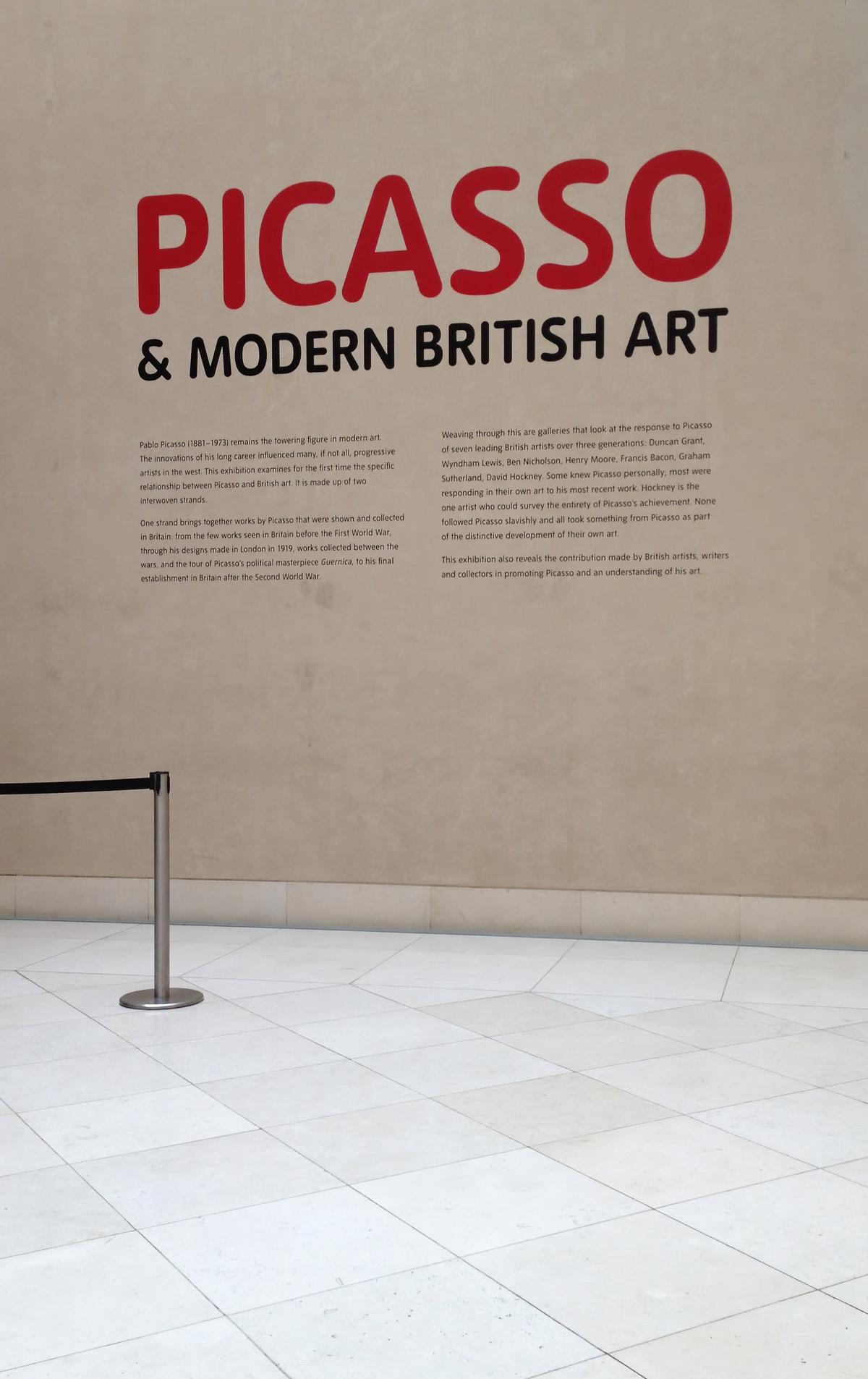
Photo by brett_jordan on Unsplash
Picasso’s Influence on Modern and Contemporary Art
Delving into the Deeper Layers of Picasso’s Artistic Influence
Pablo Picasso, a name synonymous with the evolution of art, has taken the world by philosophic storm through his unconventional aesthetic strokes. Beyond the reverberating Cubist echoes, Picasso journeyed into realms that saw the birth of Collage as a respected artistic medium. Indeed, he used it as a tool to disrupt the conventional artistic engagement, adding layers of interpretation through a juxtaposition of varying images and textures.
A flurry of concepts like Simultaneity sprung from close contact with Cubism’s novel tentacles and found extended influence in Picasso’s oeuvre. The artist played with the illusion of space and time, broadening the horizons of viewership that allow us to experience multiple perspectives simultaneously. The resonance of this innovative technique shimmers through the glossy canvas of the modern art landscape, having played a pivotal role in birthing abstract art.
Drawing the eyes towards the seemingly uncorrelated, Picasso boldly pioneered the Constructed Sculpture, revolutionising the domain of sculpture creation. Picasso explored and amalgamated a kaleidoscope of unconventional materials through assemblage. Random objects found new meaning in artistic expression, breathing life into the mundane with an artistic force that propelled Outsider Art into the mainstream.
Caution was thrown to the wind as Picasso sought to challenge the conventional relation between reality, illusion, and the painted canvas. Art began to interact with viewers, transcending beyond the visible into the realms of thought and interpretation. This exploration marked the dawn of Conceptual Art, stimulating the observer’s imagination to make sense of their own reality.
Picasso’s profound influence was not merely limited to the aesthetics. He blurred the divide between text and image, integrating poetic verses into his captivating artistry. This intertwining web of art and literature, especially in his later years, drew the curtains to the enthralling depths of Visual Poetry.
Examining the tremors of Picasso’s influence on contemporary art, it seems impossible to fathom where one ends and another begins. His timeless contributions have shaped the core of modern creative expression, nurturing an army of artists who continually challenge and redefine the lines drawn by traditional norms. It is not merely an influence, rather, it is a dynamic, artistic beacon that continues to inspire, provoke, and captivate generations of artists and art lovers alike.
Picasso’s magical painterly dance has cultivated an abiding art culture that ceaselessly questions and continually evolves. This waves a hopeful brush of imagination across the canvas of the present, promising an ever-evolving future of artistic brilliance and relentless innovation. Thus Picasso, in the truest sense, has become a timeless artistic muse, his influence forever etched in the heart of modern and contemporary art.
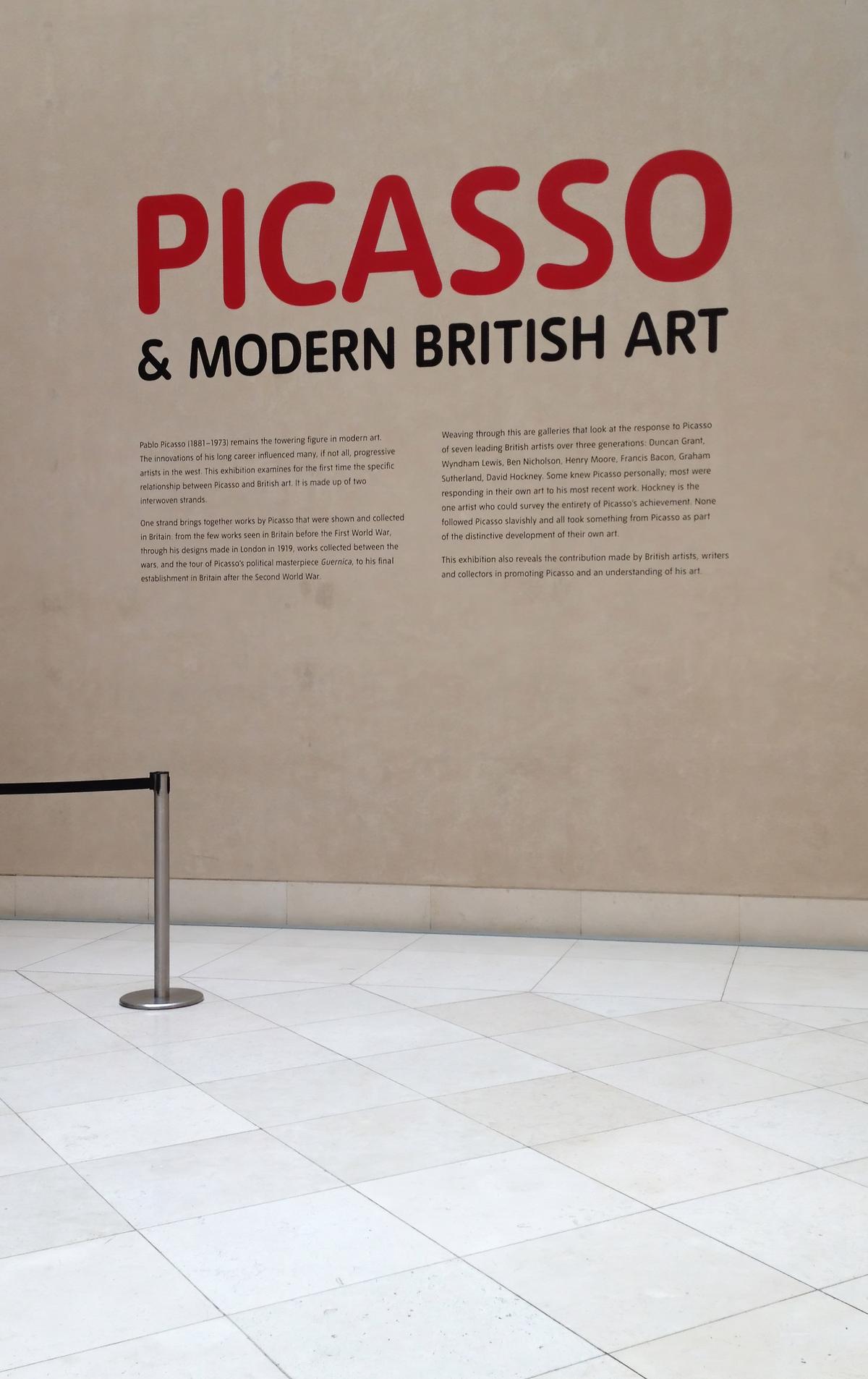
Photo by brett_jordan on Unsplash
The essence of Picasso which is often wrapped in a robustly innovative style, deeply personal yet universally relevant – is his ability to continually challenge and redefine art’s purpose and form. His pioneering contributions to Cubism have opened an expansive pathway for modern and contemporary artists, enabling an enriched dialogue between abstraction and reality, form and meaning. As much as Picasso was a product of his times, his legacy is that of an epoch-maker, casting a long, transformative shadow. The ripples of his brushstrokes are palpable even in the contemporary art scene, underlining his status as an indefatigable force propelling the art world forward, perennially instigating change and growth.



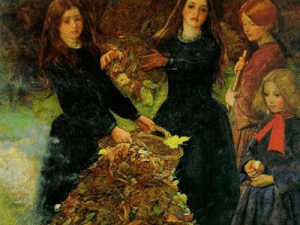
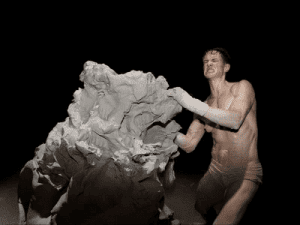
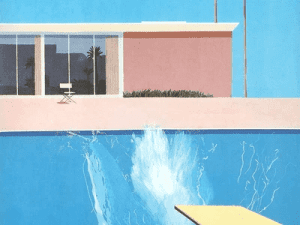


Responses